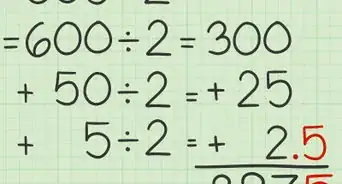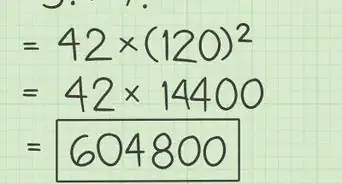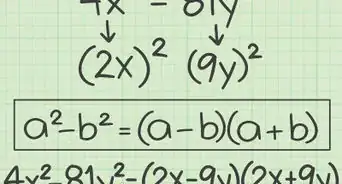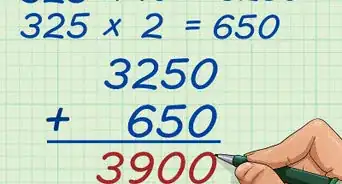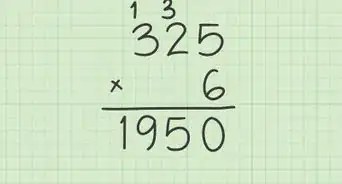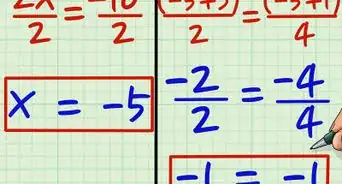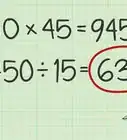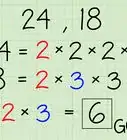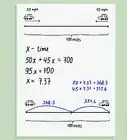wikiHow is a “wiki,” similar to Wikipedia, which means that many of our articles are co-written by multiple authors. To create this article, 68 people, some anonymous, worked to edit and improve it over time.
There are 7 references cited in this article, which can be found at the bottom of the page.
This article has been viewed 740,988 times.
Learn more...
A number's factors are numbers which multiply together to form it as a product. Another way of thinking of this is that every number is the product of multiple factors. Learning how to factor - that is, breaking up a number into its component factors - is an important mathematical skill that is used not only in basic arithmetic but also in algebra, calculus, and beyond. See Step 1 below to start learning how to factor!
Steps
Factoring Basic Integers
-
1Write your number. To begin factoring, all you need is a number - any number will do, but, for our purposes, let's start with a simple integer. Integers are numbers without fractional or decimal components (all positive and negative whole numbers are integers).[1]
- Let's choose the number 12. Write this number down on a piece of scratch paper.
-
2Find two more numbers that multiply to make your first number. Any integer can be written as the product of two other integers. Even prime numbers can be written as the product of 1 and the number itself. Thinking of a number as the product of two factors can require "backwards" thinking - you essentially must ask yourself, "what multiplication problem equals this number?"[2]
- In our example, 12 has multiple factors - 12 × 1, 6 × 2, and 3 × 4 all equal 12. So, we can say that 12's factors are 1, 2, 3, 4, 6, and 12. For our purposes, let's work with the factors 6 and 2.
- Even numbers are especially easy to factor because every even number has 2 as a factor. 4 = 2 × 2, 26 = 13 × 2, etc.
Advertisement -
3Determine whether any of your factors can be factored again. Lots of numbers - especially large ones - can be factored multiple times. When you've found two of a number's factors, if one has its own set of factors, you can reduce this number to its factors as well. Depending on the situation, it may or may not be beneficial to do this.[3]
- For instance, in our example, we have reduced 12 to 2 × 6. Notice that 6 has its own factors - 3 × 2 = 6. Thus, we can say that 12 = 2 × (3 × 2).
-
4Stop factoring when you reach prime numbers. Prime numbers are numbers greater than 1 that are evenly divisible only by themselves and 1. For instance, 2, 3, 5, 7, 11, 13, and 17 are all prime numbers. When you've factored a number so that it's the product of exclusively prime numbers, further factoring is superfluous. It does you no good to reduce each factor to itself times one, so you may stop.[4]
- In our example, we've reduced 12 to 2 × (2 × 3). 2, 2, and 3 are all prime numbers. If we were to factor further, we'd have to factor to (2 × 1) × ((2 × 1)(3 × 1)), which isn't typically useful, so it's usually avoided.
-
5Factor negative numbers in the same way. Negative numbers can be factored nearly identically to how positive numbers are factored. The sole difference is that the factors must multiply together to make a negative number as their product, so an odd number of the factors must be negative.[5]
- For example, let's factor -60. See below:
- -60 = -10 × 6
- -60 = (-5 × 2) × 6
- -60 = (-5 × 2) × (3 × 2)
- -60 = -5 × 2 × 3 × 2. Note that having an odd number of negative numbers besides one will give the same product. For example, -5 × 2 × -3 × -2 also equals 60.
- For example, let's factor -60. See below:
Strategy for Factoring Large Numbers
-
1Write your number above a 2-column table. While it's usually fairly easy to factor small integers, larger numbers can be daunting. Most of us would be hard-pressed to break a 4 or 5-digit number into its prime factors using nothing but mental math. Luckily, using a table, the process becomes much easier. Write your number above a t-shaped table with two columns - you'll use this table to keep track of your growing list of factors.[6]
- For the purpose of our example, let's choose a 4-digit number to factor - 6,552.
-
2Divide your number by the smallest possible prime factor. Divide your number by the smallest prime factor (besides 1) that divides into it evenly with no remainder. Write the prime factor in the left column and write your answer across from it in the right column. As noted above, even numbers are especially easy to start factoring because their smallest prime factor will always be 2. Odd numbers, on the other hand, will have smallest prime factors that differ.[7]
- In our example, since 6,552 is even, we know that 2 is its smallest prime factor. 6,552 ÷ 2 = 3,276. In the left column, we'll write 2, and in the right column, write 3,276.
-
3Continue to factor in this fashion. Next, factor the number in the right column by its smallest prime factor, rather than the number at the top of the table. Write the prime factor in the left column and the new number in the right column. Continue to repeat this process - with each repetition, the number in the right column should decrease.[8]
- Let's continue with our process. 3,276 ÷ 2 = 1,638, so att the bottom of the left column, we'll write another 2, and at the bottom of the right column, we'll write 1,638. 1,638 ÷ 2 = 819, so we'll write 2 and 819 at the bottom of the two columns as before.
-
4Deal with odd numbers by trying small prime factors. Odd numbers are more difficult to find the smallest prime factor of than even numbers because they don't automatically have 2 as their smallest prime factor. When you reach an odd number, try dividing by small prime numbers other than 2 - 3, 5, 7, 11, and so on - until you find one that divides evenly with no remainder. This is the number's smallest prime factor.[9]
- In our example, we've reached 819. 819 is odd, so 2 is not a factor of 819. Instead of writing down another 2, we'll try the next prime number: 3. 819 ÷ 3 = 273 with no remainder, so we'll write down 3 and 273.
- When guessing factors, you should try all prime numbers up to the square root of the largest factor found so far. If none of the factors you try up to this point divide evenly, you're probably trying to factor a prime number and thus are finished with the factoring process.
-
5Continue until you reach 1. Continue dividing the numbers in the right column by their smallest prime factor until you obtain a prime number in the right column. Divide this number by itself - this will put the number in the left column and "1" in the right column.
- Let's finish factoring our number. See below for a detailed breakdown:
- Divide by 3 again: 273 ÷ 3 = 91, no remainder, so we'll write down 3 and 91.
- Let's try 3 again: 91 doesn't have 3 as a factor, nor does it have the next lowest prime (5) as a factor, but 91 ÷ 7 = 13, with no remainder, so we'll write down 7 and 13.
- Let's try 7 again: 13 doesn't have 7 as a factor, or 11 (the next prime), but it does have itself as a factor: 13 ÷ 13 = 1. So, to finish our table, we'll write down 13 and 1. We can finally stop factoring.
- Let's finish factoring our number. See below for a detailed breakdown:
-
6Use the numbers in the left-hand column as your original number's factors. Once you reach 1 in the right-hand column, you're done. The numbers listed on the left side of the table are your factors. In other words, the product when you multiply all of these numbers together will be the number at the top of the table. If the same factor appears multiple times, you can use exponent notation to save space. For instance, if your list of factors has four 2's, you can write 24 rather than 2 × 2 × 2 × 2.[10]
- In our example 6,552 = 23 × 32 × 7 × 13. This is the complete factorization of 6,552 into prime numbers. No matter what order these numbers are multiplied in, the product will be 6,552.
Community Q&A
-
QuestionWhat number has 5 as a factor?
 Community AnswerAny number ending in 0 or 5 would have 5 as a factor (e.g. 35, 450, or 764,545,230).
Community AnswerAny number ending in 0 or 5 would have 5 as a factor (e.g. 35, 450, or 764,545,230). -
QuestionIs it necessary to arrange the factors of a number in ascending order?
 Community AnswerIt is customary but not mandatory, unless the instructions tell you to do so.
Community AnswerIt is customary but not mandatory, unless the instructions tell you to do so. -
QuestionCan addition be used to find a common factor of two numbers?
 Community AnswerNo. Factoring only has to do with multiplication and division, since you are determining the factors of a number.
Community AnswerNo. Factoring only has to do with multiplication and division, since you are determining the factors of a number.
Warnings
- Don't make unnecessary work for yourself. Once you've eliminated a factor candidate, you don't have to test it again. Once we decided that 819 didn't have 2 as a factor, we didn't have to test 2 any further throughout the rest of the process.⧼thumbs_response⧽
Things You'll Need
- Paper
- Writing tools, preferably pencil and eraser
- Calculator (optional)
References
- ↑ https://www.purplemath.com/modules/factnumb.htm
- ↑ https://sciencing.com/factors-number-quickly-easily-5192972.html
- ↑ https://sciencing.com/factors-number-quickly-easily-5192972.html
- ↑ https://www.chilimath.com/lessons/introductory-algebra/prime-factorization/
- ↑ https://sciencing.com/factor-negative-numbers-8170436.html
- ↑ https://sciencing.com/factors-number-quickly-easily-5192972.html
- ↑ https://sciencing.com/factors-number-quickly-easily-5192972.html
- ↑ https://www.cuemath.com/numbers/factors/
- ↑ http://amsi.org.au/teacher_modules/Multiples_factors_and_powers.html
About This Article
To factor a number, first find 2 numbers that multiply to make that number. For example, if you want to factor 12, you could use 4 and 3 since they multiply to make 12. Next, determine whether those 2 numbers can be factored again. In this example, 3 can't be factored again because it's a prime number, but 4 can be since 2 multiplied by 2 equals 4. Repeat this process until all of the numbers are prime numbers, and then write your answer like 12 = 2 × 2 × 3. If you want to learn strategies to help factor large numbers, keep reading the article!
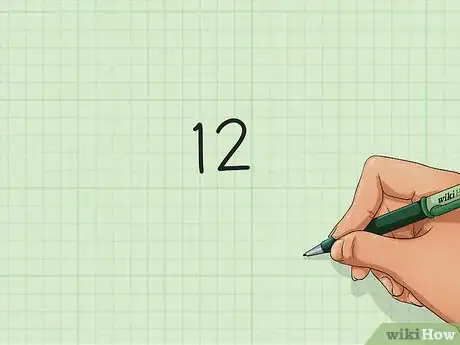
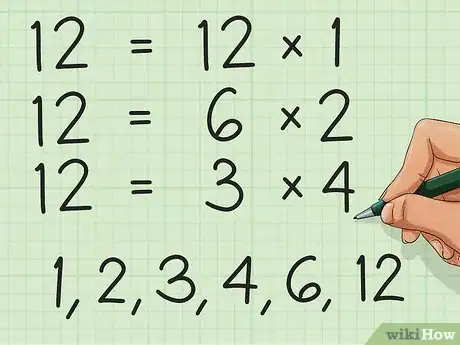
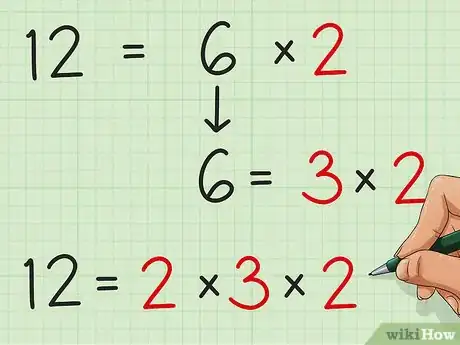

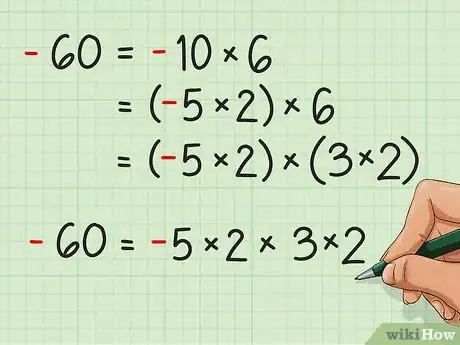
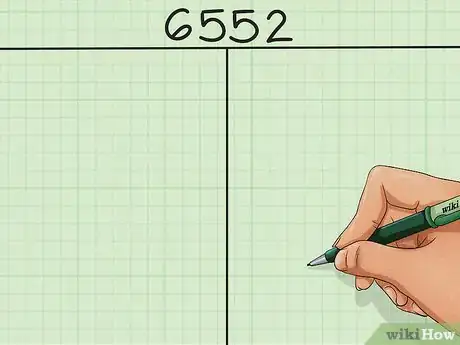



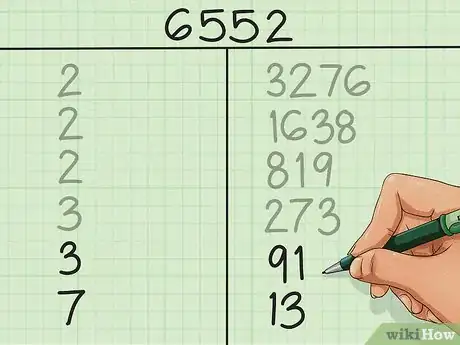

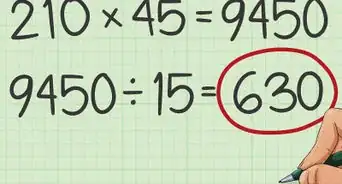

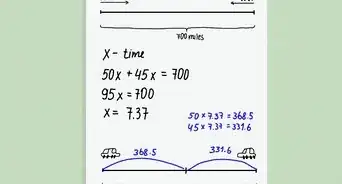
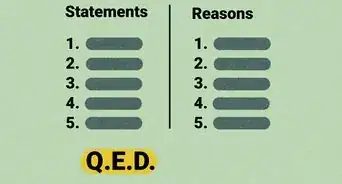
-Step-31-Version-2.webp)
